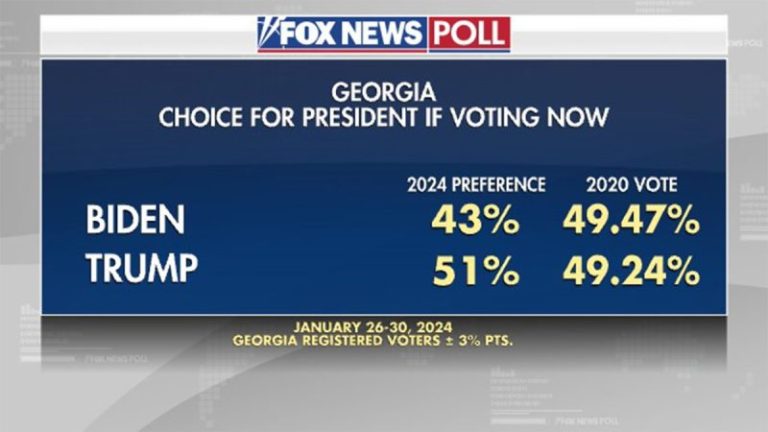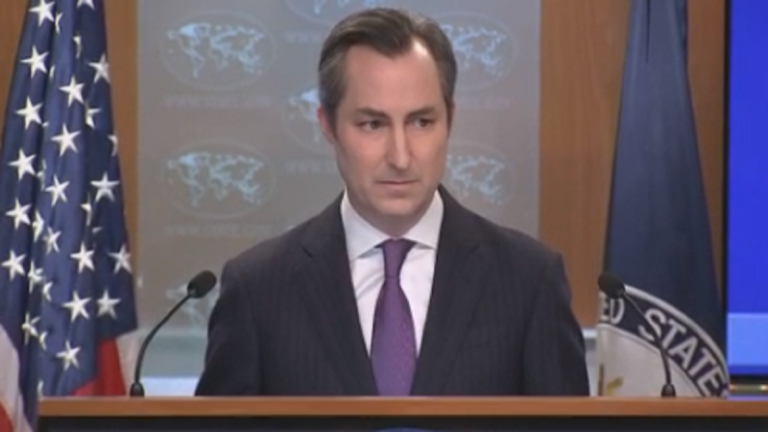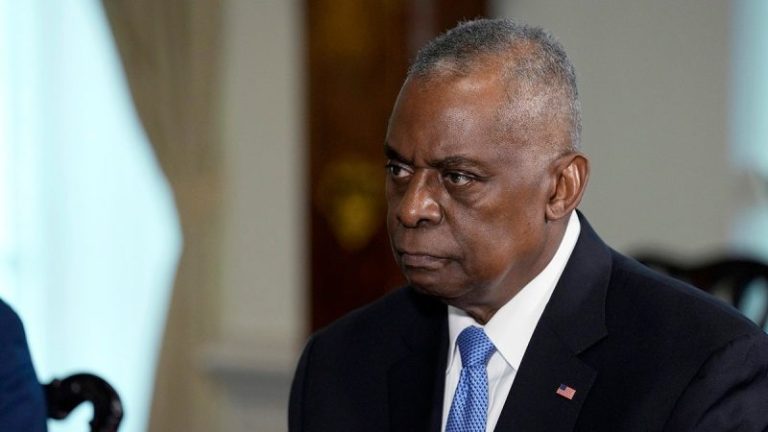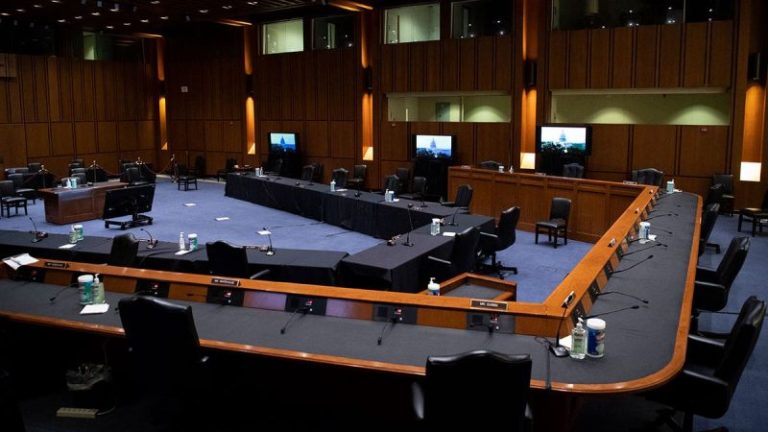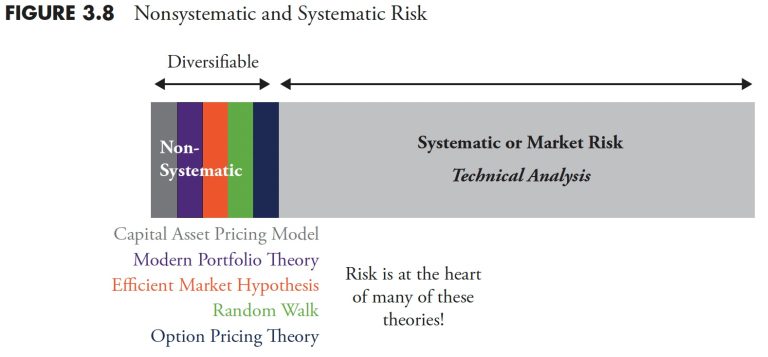This year’s Pro Bowl Games — the second of its kind — will take place in Orlando, Florida, with the multi-day competition kicking off Thursday night with various skills challenges pitting AFC players against those from the NFC.
On Sunday, the Pro Bowl Games conclude, highlighted by 7-on-7 AFC-NFC flag football at Camping World Stadium.
Players voted to the Pro Bowl Games from the two Super Bowl 58 teams — the Kansas City Chiefs and San Francisco 49ers — will not be participating. The NFC champion 49ers had a league-leading nine players voted to the Pro Bowl, while the AFC champion Chiefs had five.
COACH STEVE: Fun. Friendship. International closeness. Kids’ flag football championships come to Orlando.
Who are the 2024 Pro Bowl Games coaches?
Peyton Manning and Eli Manning will serve as coaches for the inaugural Pro Bowl Games. Peyton will coach the AFC team, with Eli serving as the NFC coach. The Manning brothers also were head coaches for last year’s Pro Bowl Games.
SUPER BOWL CENTRAL: Latest Super Bowl 58 news, stats, odds, matchups and more.
Peyton Manning’s AFC staff will include fellow Pro Football Hall of Famer Ray Lewis (defensive coordinator), Mexico women’s flag football national team member Diana Flores (offensive coordinator) and rapper/actor Snoop Dogg (captain).
Eli Manning’s NFC staff will include Pro Football Hall of Famer DeMarcus Ware (defensive coordinator), U.S. women’s flag football national team member Vanita Krouch (offensive coordinator) and actor Pete Davidson (captain).
How to watch the 2024 Pro Bowl Games
The first round of the Pro Bowl Games skill challenge will take place Thursday at 7 p.m. ET. ESPN will televise the event, with live streams available on Watch ESPN and fubo.
Another round of the skills challenge, as well as the flag football game, will take place Sunday at 3 p.m. ET. ABC, ESPN and Disney XD will televise the event, with live streams available on ESPN+ and fubo.
What are the Pro Bowl Games skill challenge events?
Precision Passing (Thursday): Each of the conference’s three quarterbacks will battle it out in a one-minute accuracy competition, as they attempt to accumulate points by hitting as many targets as possible. Targets range from either static or those attached to robotic dummies or drones. The conference with the highest cumulative score among all participants earns three points.
Best Catch (Thursday): This event will be pre-taped at landmarks around Orlando. One player from each conference will compete in a best catch competition, showing off their creativity, inventiveness and talent. Fans will vote online to determine their favorite catch by a player in each conference, and the player with the highest number of votes will earn three points for his conference.
Closest to the Pin (Thursday): This golf accuracy competition features six players from each conference attempting to hit a ball as close to the hole as possible. The winner will earn three points for his conference.
High Stakes (Thursday): Starting off with a football in hand, each player will attempt to catch punts from a JUGS machine. The players that succeed in catching the football without dropping others will advance to the next round and attempt to catch an additional football. The most sure-handed player who catches the most footballs wins.
Snap Shots (Thursday): A new event this year will allow long snappers and centers to showcase their skills by snapping balls at targets of various sizes and point values.
Dodgeball (Thursday): A multi-round tournament featuring four teams of five players. In the first match, the AFC offense will face the NFC defense, and in the second game the NFC offense squares off against the AFC defense. The winner will earn three points for their conference.
Madden NFL head-to-head (Sunday): Two players from each conference will play Madden NFL 24 using the official 2024 Pro Bowl Games rosters. The winning team will earn their conference three points.
Gridiron Gauntlet (Sunday): Six players from each conference will complete on an obstacle course, breaking through walls, crawling under doors en route to a final sled that will be pushed across the field. The winning team will earn their conference three points.
Kick-Tac-Toe (Sunday): Each conference’s kicker will compete in a giant Tic-Tac-Toe competition. The first kicker to complete a connecting line of three squares or hit five squares total will be declared the winner and earn three points for his conference.
Tug-of-War (Sunday): This will be a five-on-five competition positioned above a foam pit. The competition will be best of three, and the winner who pulls the opposing team across the marker twice gains three points.
Move the Chains (Sunday): Two teams of five offensive and defensive linemen will work together to move 3,000 pounds of weights off a massive wall and be the first team to pull that 2,000-pound wall across the finish line. The winner will earn three points for their conference.
2024 AFC Pro Bowl Games roster
*Starter
OFFENSE
Quarterback
Tua Tagovailoa, Miami Dolphins*
Lamar Jackson, Baltimore Ravens
Patrick Mahomes, Kansas City Chiefs
C.J. Stroud, Houston Texans (replaces Mahomes)
Gardner Minshew, Indianapolis Colts (replaces Jackson)
Running back
Raheem Mostert, Miami Dolphins*
James Cook, Buffalo Bills
Derrick Henry, Tennessee Titans
Fullback
Alec Ingold, Miami Dolphins*
Wide receiver
Tyreek Hill, Miami Dolphins*
Amari Cooper, Cleveland Browns*
Keenan Allen, Los Angeles Chargers
Ja’Marr Chase, Cincinnati Bengals
Tight end
Travis Kelce, Kansas City Chiefs*
David Njoku, Cleveland Browns
Evan Engram, Jacksonville Jaguars (replaces Kelce)
Offensive tackle
Laremy Tunsil, Houston Texans*
Dion Dawkins, Buffalo Bills*
Terron Armstead, Miami Dolphins
Guard
Quenton Nelson, Indianapolis Colts*
Joel Bitonio, Cleveland Browns*
Joe Thuney, Kansas City Chiefs
Kevin Zeitler, Baltimore Ravens (replaces Thuney)
Center
Creed Humphrey, Kansas City Chiefs*
Tyler Linderbaum, Baltimore Ravens
Ryan Kelly, Indianapolis Colts (replaces Humphrey)
DEFENSE
Defensive end
Myles Garrett, Cleveland Browns*
Maxx Crosby, Las Vegas Raiders*
Trey Hendrickson, Cincinnati Bengals
Interior linemen
Chris Jones, Kansas City Chiefs*
Quinnen Williams, New York Jets*
Justin Madubuike, Baltimore Ravens
DeForest Buckner, Indianapolis Colts (replaces Jones)
Outside linebacker
T.J. Watt, Pittsburgh Steelers*
Khalil Mack, Los Angeles Chargers*
Josh Allen, Jacksonville Jaguars
Jermaine Johnson, New York Jets (replaces Mack)
Middle linebacker
Roquan Smith, Baltimore Ravens*
Patrick Queen, Baltimore Ravens
Cornerback
Pat Surtain II, Denver Broncos*
Sauce Gardner, New York Jets*
Jalen Ramsey, Miami Dolphins
Denzel Ward, Cleveland Browns
Free safety
Justin Simmons, Denver Broncos*
Minkah Fitzpatrick, Pittsburgh Steelers
Strong safety
Kyle Hamilton, Baltimore Ravens*
SPECIAL TEAMS
Long snapper
Ross Matiscik, Jacksonville Jaguars*
Punter
AJ Cole, Las Vegas Raiders*
Kicker
Justin Tucker, Baltimore Ravens*
Kick returner
Marvin Mims Jr., Denver Broncos*
Special teamer
Miles Killebrew, Pittsburgh Steelers*
2024 NFC Pro Bowl Games roster
*Starter
OFFENSE
Quarterback
Brock Purdy, San Francisco 49ers*
Dak Prescott, Dallas Cowboys
Matthew Stafford, Los Angeles Rams
Jalen Hurts, Philadelphia Eagles (replaces Purdy)
Baker Mayfield, Tampa Bay Buccaneers (replaces Prescott)
Geno Smith, Seattle Seahawks (replaces Stafford)
Running back
Christian McCaffrey, San Francisco 49ers*
D’Andre Swift, Philadelphia Eagles
Kyren Williams, Los Angeles Rams
Jahmyr Gibbs, Detroit Lions (replaces McCaffrey)
Fullback
Kyle Juszczyk, San Francisco 49ers*
C.J. Ham, Minnesota Vikings (replaces Juszczyk)
Wide receiver
CeeDee Lamb, Dallas Cowboys*
A.J. Brown, Philadelphia Eagles*
Mike Evans, Tampa Bay Buccaneers
Puka Nacua, Los Angeles Rams
Amon-Ra St. Brown, Detroit Lions (replaces Brown)
DK Metcalf, Seattle Seahawks (replaces Evans)
Tight end
George Kittle, San Francisco 49ers*
Sam LaPorta, Detroit Lions
Jake Ferguson, Dallas Cowboys (replaces Kittle)
Offensive tackle
Trent Williams, San Francisco 49ers*
Lane Johnson, Philadelphia Eagles*
Penei Sewell, Detroit Lions
Tristan Wirfs, Tampa Bay Buccaneers (replaces Williams)
Guard
Zack Martin, Dallas Cowboys*
Chris Lindstrom, Atlanta Falcons*
Landon Dickerson, Philadelphia Eagles
Tyler Smith, Dallas Cowboys (replaces Martin)
Center
Jason Kelce, Philadelphia Eagles*
Frank Ragnow, Detroit Lions
DEFENSE
Defensive end
Nick Bosa, San Francisco 49ers*
Montez Sweat, Chicago Bears*
Aidan Hutchinson, Detroit Lions
DeMarcus Lawrence, Dallas Cowboys (replaces Bosa)
Interior linemen
Aaron Donald, Los Angeles Rams*
Dexter Lawrence, New York Giants*
Javon Hargrave, San Francisco 49ers
Kenny Clark, Green Bay Packers (replaces Hargrave)
Outside linebacker
Micah Parsons, Dallas Cowboys*
Danielle Hunter, Minnesota Vikings*
Haason Reddick, Philadelphia Eagles
Middle linebacker
Fred Warner, San Francisco 49ers*
Bobby Wagner, Seattle Seahawks
Demario Davis, New Orleans Saints (replaces Warner)
Cornerback
DaRon Bland, Dallas Cowboys*
Charvarius Ward, San Francisco 49ers*
Jaylon Johnson, Chicago Bears
Devon Witherspoon, Seattle Seahawks
Darius Slay, Philadelphia Eagles (replaces Ward)
Free safety
Jessie Bates, Atlanta Falcons*
Strong safety
Budda Baker, Arizona Cardinals*
Julian Love, Seattle Seahawks
SPECIAL TEAMS
Long snapper
Andrew DePaola, Minnesota Vikings*
Punter
Bryan Anger, Dallas Cowboys*
Kicker
Brandon Aubrey, Dallas Cowboys*
Kick returner
Rashid Shaheed, New Orleans Saints*
Special teamer
Jalen Reeves-Maybin, Detroit Lions*
Nick Bellore, Seattle Seahawks (replaces Reeves-Maybin)


